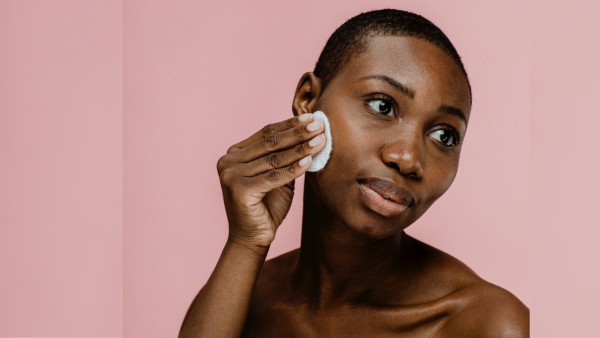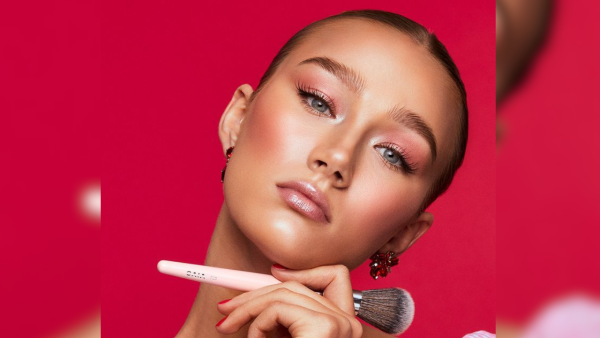
Wearing makeup is like wearing an armour of beauty which gives you confidence and grace. Making you look sharp, flawless, and on-point, every woman falls in love with their foundation texture and lipstick shades. However, it is said never to carry your makeup to bed, considering it is a sin to your face. But, do you know that long hours of makeup can also cause harsh effects on your skin pores, raising issues of clogged pores and acne?
Carrying long hours of makeup prevents your skin from breathing. Our skin usually sheds cells and repairs itself during sleep, that is a biological process. Thus, if you intervene with this process, it can lead to long-term skin issues. Many people wear makeup to offices, but one should keep in mind that it is fine to wear your makeup for 8 to 12 hours a day, but not more than that.
 How long can you wear heavy makeup ?
How long can you wear heavy makeup ?
When you apply your foundation and concealer base, make sure you remove them immediately once you reach home, so that before bed your skin has time to breathe, and once you’re asleep, it can start the process of rejuvenation. However, if you’re carrying heavy makeup, such as for big events, then you need to remove your makeup in under 6 to 8 hours. Wearing a lot of makeup can make you feel suffocated, increasing the risk of irritation, and also can lead to issues of allergic reactions, with breakouts and dullness issues.
Take a break from makeup?
Also, once in a while take a break from wearing makeup and let the skin repair itself. Removing the physical blockages from the surface of the skin can lead to clear pores and improve any acne issues related to makeup. Prefer following a healthy skincare routine and religiously follow it to regain your facial skin’s health back. No makeup glam will lead to less experience of blackheads, pimples, breakouts, dry skin, and won’t clog your pores.
 Bottom line
Bottom line
Many leading cosmetic brands usually point out the wearing time of the product on the label. Cosmetic companies conduct tests and take note of the ideal environmental conditions, temperature, physical activity, and skin prep, they jot down the limited hours the product should be on your skin. These claims may differ in the real world and depend on one’s skin texture and type.
 Wearing makeup is like wearing an armour of beauty which gives you confidence and grace. Making you look sharp, flawless, and on-point, every woman falls in love with their foundation texture and lipstick shades. However, it is said never to carry your makeup to bed, considering it is a sin to your face. But, do you know that long hours of makeup can also cause harsh effects on your skin pores, raising issues of clogged pores and acne?
Wearing makeup is like wearing an armour of beauty which gives you confidence and grace. Making you look sharp, flawless, and on-point, every woman falls in love with their foundation texture and lipstick shades. However, it is said never to carry your makeup to bed, considering it is a sin to your face. But, do you know that long hours of makeup can also cause harsh effects on your skin pores, raising issues of clogged pores and acne?

